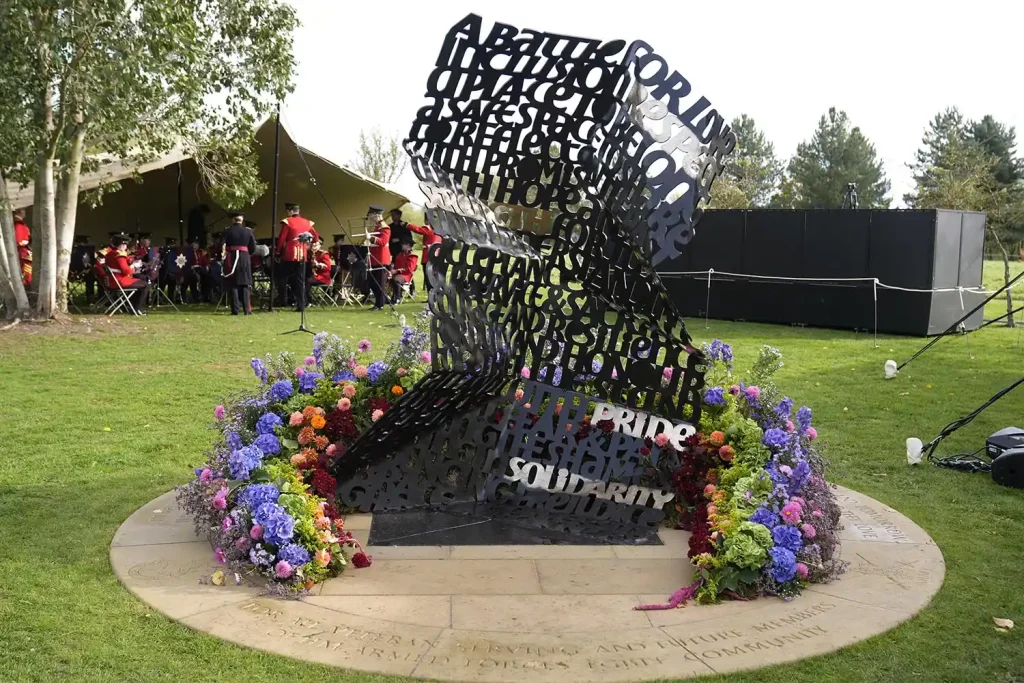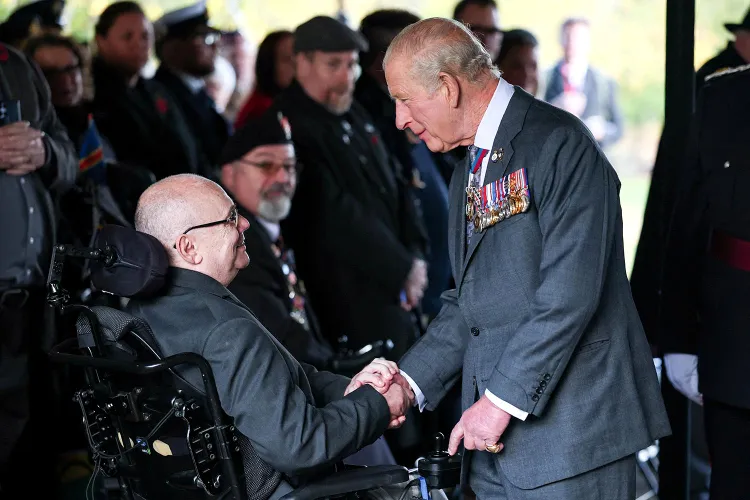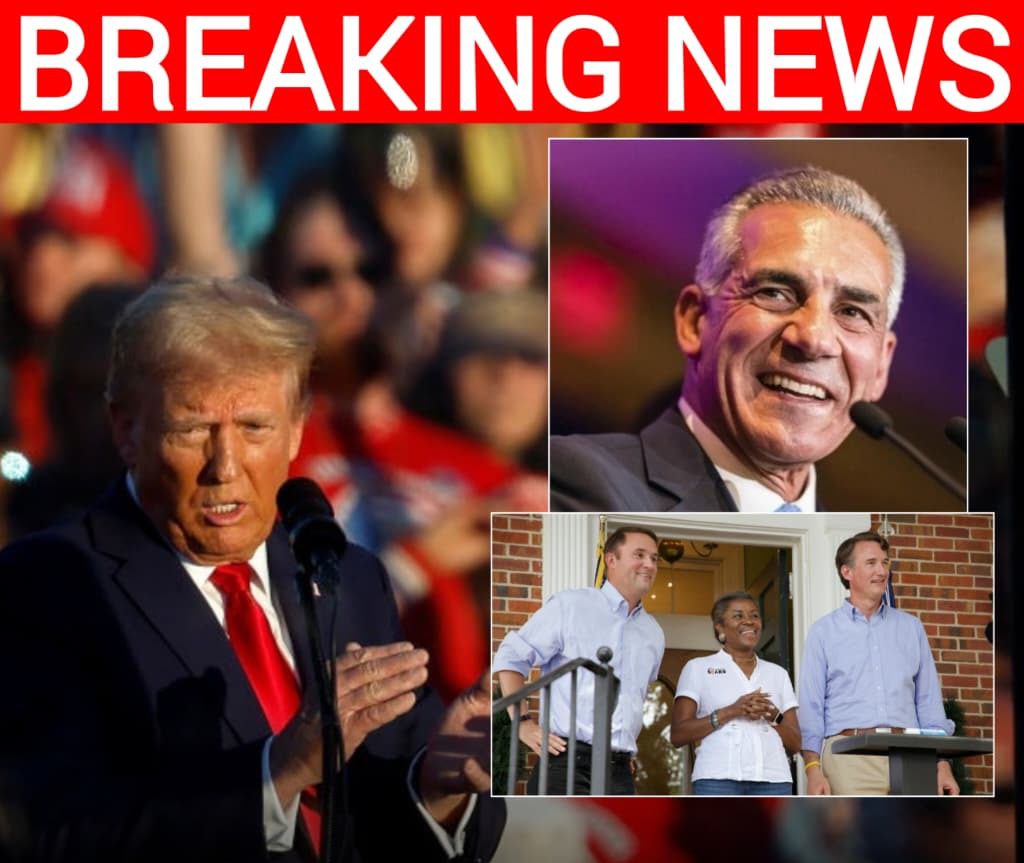King Charles Attends the U.K.’s First National LGBTQ+ Armed Forces Memorial, Honoring Veterans Once Silenced
King Charles made history this week by attending the unveiling of the United Kingdom’s first-ever national memorial dedicated to LGBTQ+ members of the armed forces — a moment that blended solemn reflection with overdue recognition. It was more than just a royal appearance; it was a statement of acknowledgment and healing for thousands who served their country but were, for decades, forced to hide who they were.

The ceremony took place on Monday, where the King, dressed in his military uniform adorned with medals, joined veterans, families, and advocates to honor a group of people who had long been written out of military history. The memorial itself carries a powerful symbolism: it’s constructed from words and phrases found in old letters — letters that once exposed closeted service members and led to their dismissal, shame, or punishment before the military ban on LGBTQ+ personnel was lifted in 2000.
For the King, this was not a routine event. His presence signaled a changing era — one where compassion and equality are no longer seen as separate from patriotism. As he laid flowers at the base of the memorial, witnesses described a moment of quiet reflection. It was a scene that carried decades of untold stories, each one shaped by courage, secrecy, and sacrifice.

Until the year 2000, LGBTQ+ individuals were banned from serving in the British armed forces. Many who were discovered were dishonorably discharged, stripped of their ranks, and forced into silence about their service. In recent years, the government and military leaders have taken steps to acknowledge that injustice, offering apologies and restoring medals that had been unfairly taken. Monday’s event was another step in that ongoing journey — a public recognition that these men and women, once excluded, deserve a place in the nation’s shared history of service.
Those who attended described the atmosphere as both emotional and uplifting. Veterans who had once served in silence stood proudly in their uniforms, joined by younger service members who are now free to serve openly. Rainbow flags mingled with traditional regimental colors, symbolizing unity between past and present. For many, it was a scene they never imagined would happen in their lifetimes.

King Charles has long been known for his careful attention to inclusivity and his willingness to modernize the monarchy’s relationship with society. His attendance at this memorial was a reflection of that ongoing commitment. While the British royal family often treads cautiously on social issues, Charles’s presence gave weight and visibility to a cause that had once been overlooked.
As the ceremony came to a close, attendees reflected on the significance of the day. It wasn’t just about remembrance; it was about rewriting history to include those who had been erased from it. The new memorial stands as a lasting reminder that bravery comes in many forms — not just on the battlefield, but in living truthfully when the world tells you not to.
Many of the veterans who attended said they hoped the monument would educate future generations and remind the military that strength and identity are not mutually exclusive. One former service member described it as “a moment of peace after years of silence,” adding that seeing the King there felt like the country was finally listening.
As King Charles walked away from the site, leaving a floral tribute beneath the memorial’s engraved words, it was clear that this was more than a ceremony. It was a bridge between past and present — between those who served in shadows and those who now serve in light.
History cannot be undone, but it can be rewritten with honesty and compassion. And on that day, under a quiet British sky, a small but powerful chapter of that rewriting took place — one where respect finally replaced rejection, and remembrance replaced regret.



